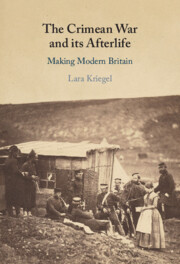4 - The Custodians
from Part II - Avatars
Published online by Cambridge University Press: 10 February 2022
Summary
Death is a shared experience across wars, but the cultures of mourning and conditions of burial that accompany it vary across conflicts. Combatants in the Crimea held to a Victorian ideal of death that imagined a peaceful passing and a proper burial. War at a distance made the good death impossible. Yet, priests and medical men, as well as soldiers and officers, ensured that their brethren passed away as comfortably as possible. Men of compassion and feeling, they expressed grief among themselves and with loved ones at home. They buried the war dead in scattershot graves and in organized cemeteries like Cathcart’s Hill. When the war was over, the graves remained a concern on the home front. The wars of the twentieth century and the Cold War, too, followed on the neglect of the nineteenth century. A twenty-first-century campaign to restore British graves in the Crimea reinvigorated Victorian sentimentality, yet ended abruptly with Russia’s 2014 invasion. Across decades and centuries, the poor upkeep of Crimean graves was an emotional flashpoint. It served as a referendum on the War itself and on the place of the mid-Victorian conflict in British history and consciousness.
Keywords
- Type
- Chapter
- Information
- The Crimean War and its AfterlifeMaking Modern Britain, pp. 123 - 158Publisher: Cambridge University PressPrint publication year: 2022

